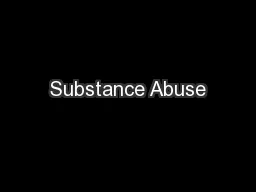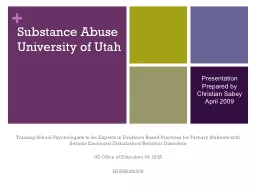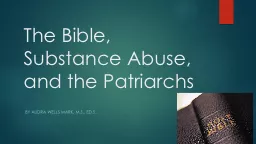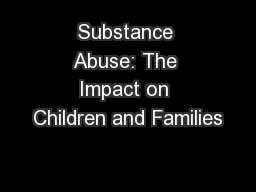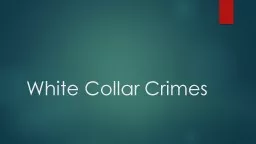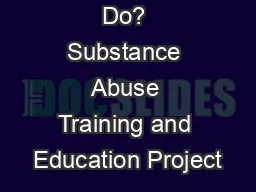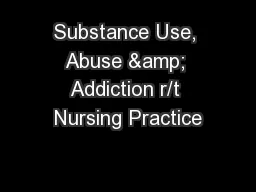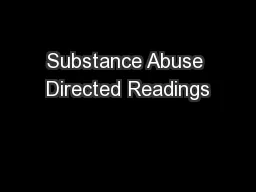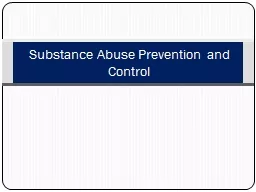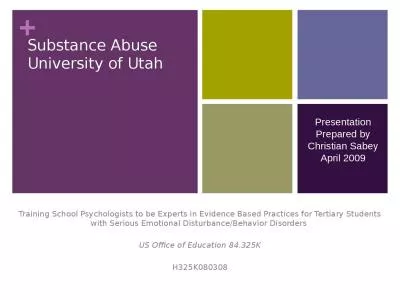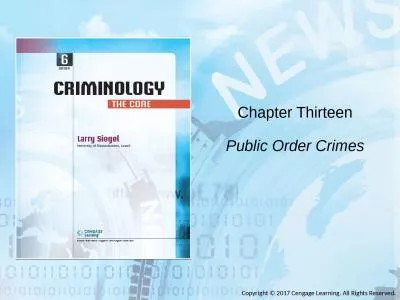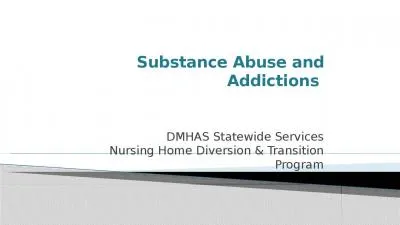PPT-Chapter 10 Substance Abuse Crimes
Author : jacey | Published Date : 2022-05-14
Drug defined First part refers to use for positive reasons Second suggests negative meaning Concerns criminal law May be used to alter structure and function of
Presentation Embed Code
Download Presentation
Download Presentation The PPT/PDF document "Chapter 10 Substance Abuse Crimes" is the property of its rightful owner. Permission is granted to download and print the materials on this website for personal, non-commercial use only, and to display it on your personal computer provided you do not modify the materials and that you retain all copyright notices contained in the materials. By downloading content from our website, you accept the terms of this agreement.
Chapter 10 Substance Abuse Crimes: Transcript
Download Rules Of Document
"Chapter 10 Substance Abuse Crimes"The content belongs to its owner. You may download and print it for personal use, without modification, and keep all copyright notices. By downloading, you agree to these terms.
Related Documents



